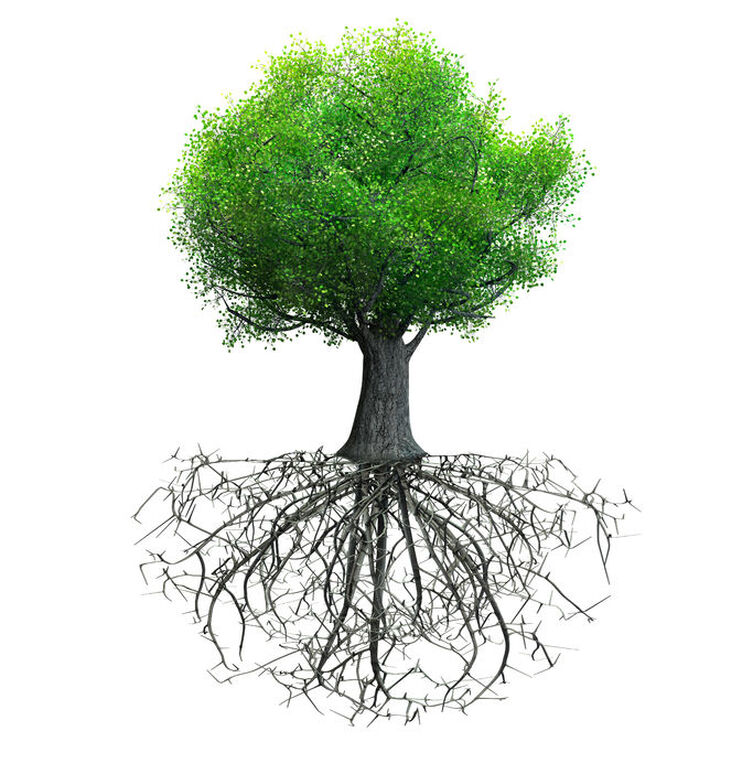|
A revision is a number, letter or other identifier that shows the current level of the part drawing. revision levels show the number of times a part or drawing has been changed.
Manufacturing is the process or series of interrelated steps by which a company produces by hand or by machine a product. Once the goods are complete they become a finished good. The manufacturing process can include:
The universal product code or UPC code for short Is a type of tracking code that is printed on almost all retail products, on the packaging. There are two main parts to a UPC code; the first is a machine readable barcode which you may recognize as a set of black bars that is unique to the item it identifies. The second part of the UPC code is the 12 digit number beneath the barcode. A UPC code serves many purposes but the main purpose is to make it easier for products to be identified along with their features, brand name, type of item, color, unique features and quite possibly the size. The UPC code can be helpful in tracking inventory in Retail Stores, grocery stores, warehouses or any other organization. Organizations can apply with the global standards organization which was previously known as the uniform code council. They manage and assign the universal product codes within the United States of America.
Nemawashi (根回し) in Japanese means an informal process of quietly laying the foundation for some proposed change or project, by talking to the people concerned, gathering support and feedback, and so forth. It is considered an important element in any major change, before any formal steps are taken, and successful nemawashi enables changes to be carried out with the consent of all sides.
The Gemba is the actual place where transformation and value creation happen. The concept of the Gemba is applicable to any and all industries. Simply stated the Gemba is where the work is performed. Some examples of the Gemba are:
A root cause is the beginning or initiating cause of either a condition or a chain that leads to an outcome or effect. The root cause analysis is often referred to as a weed, if we don’t get to the root and remove the root, the weed will grow back again. A root cause analysis digs below the surface or the effect in order to discover the initial cause of the effect. Often times a root cause analysis will travel through levels of causation as it digs towards the root cause.
|
GlossarySubscribe below and receive lean, six sigma, operations, supply chain, logistics, distribution and business terms in your mailbox.
CLICK HERE TO SUBSCRIBE Archives
June 2024
|








